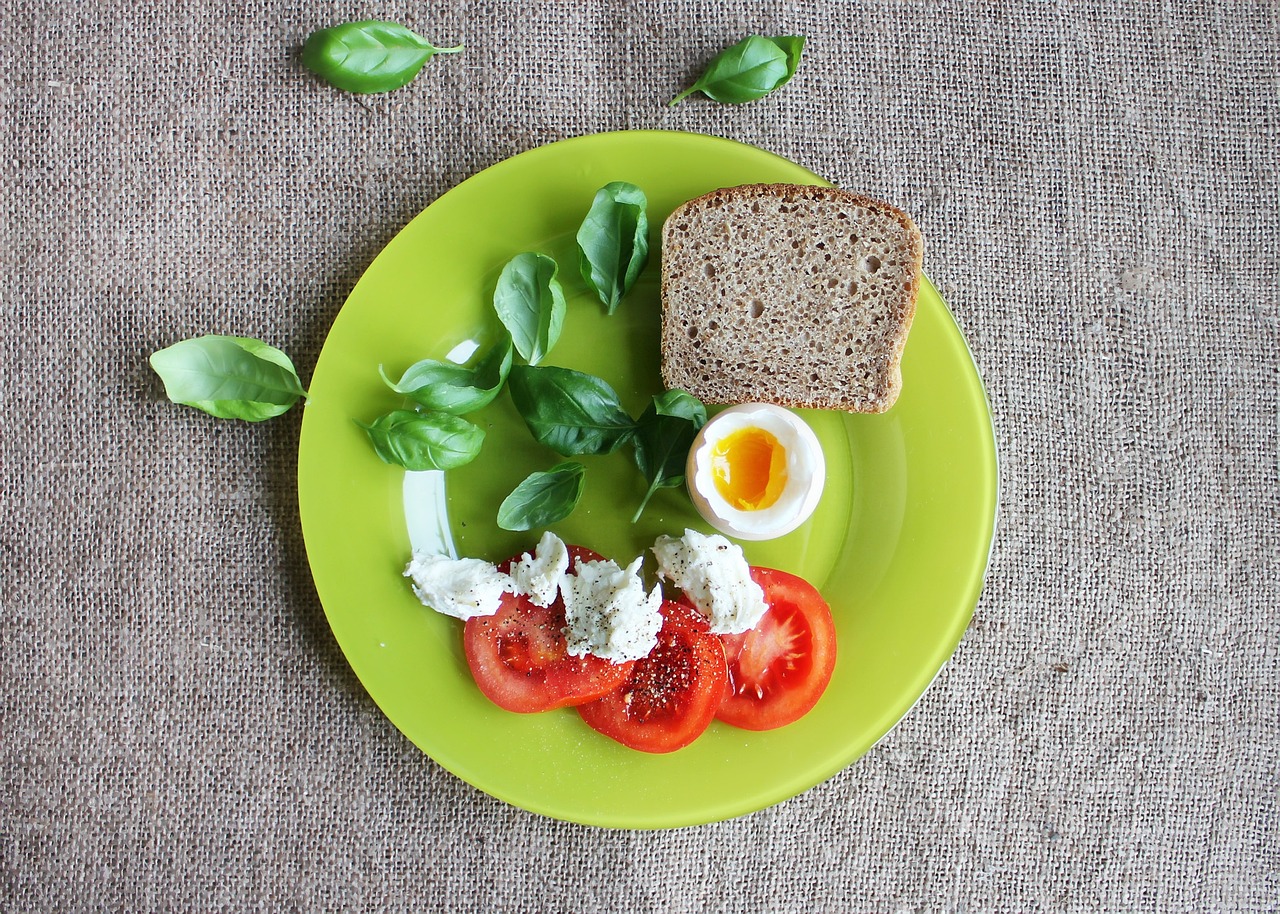“`html
The importance of maintaining a heart-healthy diet cannot be overstated. With cardiovascular diseases being one of the leading causes of death worldwide, understanding how to nurture your heart through nutrition is crucial. Adopting a heart-healthy diet is a proactive step towards reducing your risk of heart disease, improving overall health, and enhancing quality of life. This blog post delves into the essentials of a heart-healthy diet, including key components, beneficial foods, and delicious recipe ideas.
Understanding a Heart-Healthy Diet
A heart-healthy diet focuses on nutrient-rich foods that support cardiovascular health. This diet emphasizes whole, unprocessed foods while minimizing harmful ingredients such as unhealthy fats, added sugars, and excessive salt. The primary goal is to nourish the body while reducing factors that contribute to heart disease.
Key Components of a Heart-Healthy Diet
- Fruits and Vegetables: Aim for at least 5 servings a day to provide essential vitamins, minerals, and antioxidants.
- Whole Grains: Choose whole grains such as oats, brown rice, and quinoa over refined grains.
- Healthy Fats: Incorporate sources of unsaturated fats like avocados, nuts, seeds, and olive oil while reducing saturated fats found in red meat and butter.
- Lean Proteins: Focus on skinless poultry, fish, beans, and legumes instead of processed meats.
- Low-Sodium Options: Aim for low-sodium versions of canned and packaged foods to manage blood pressure.
Beneficial Foods for Heart Health
Incorporating specific foods into your diet can significantly boost heart health. Here are some standout options:
Fatty Fish
- Rich in omega-3 fatty acids, which can help reduce inflammation and lower blood pressure.
- Examples include salmon, mackerel, sardines, and trout.
Berries
- High in fiber and antioxidants, which can reduce oxidative stress and inflammation.
- Blueberries, strawberries, and raspberries are excellent choices.
Nuts and Seeds
- Packed with healthy fats, protein, and fiber, which can improve cholesterol levels.
- Almonds, walnuts, chia seeds, and flaxseeds are particularly beneficial.
Legumes
- Beans, lentils, and chickpeas are rich in fiber and protein while being low in fat.
- They can improve blood lipid levels and aid in weight management.
Practical Tips for Maintaining a Heart-Healthy Diet
Transitioning to a heart-healthy diet doesn’t have to be overwhelming. Here are some actionable tips to help you get started:
- Plan Your Meals: Have a weekly meal plan that includes lots of fruits, vegetables, and whole grains.
- Read Nutrition Labels: Pay attention to serving sizes, sodium content, and ingredients when shopping.
- Cook at Home: Preparing meals allows control over ingredients and portion sizes.
- Stay Hydrated: Opt for water, herbal teas, or infused waters instead of sugary beverages.
- Practice Portion Control: Use smaller plates or bowls to help manage portion sizes and reduce overeating.
Delicious Heart-Healthy Recipes
A heart-healthy diet can be both nutritious and enjoyable. Here are a couple of easy recipes to inspire you:
Quinoa Salad with Berries
This refreshing salad combines the whole grain benefits of quinoa with antioxidant-rich berries.
- Ingredients: 1 cup cooked quinoa, 1 cup mixed berries, 1/4 cup chopped mint, 2 tbsp olive oil, juice of 1 lemon, salt, and pepper.
- Instructions:
- In a large bowl, combine quinoa, berries, and mint.
- In a separate bowl, whisk together olive oil, lemon juice, salt, and pepper.
- Pour dressing over the salad and toss gently.
Baked Salmon with Spinach and Nuts
This dish blends omega-3 fatty acids with nutrient-dense greens and crunchy nuts.
- Ingredients: 2 salmon fillets, 2 cups spinach, 1/4 cup chopped walnuts, 2 tbsp olive oil, garlic, salt, and pepper.
- Instructions:
- Preheat the oven to 375°F (190°C).
- Place salmon on a baking sheet. Drizzle with olive oil, and season with salt, pepper, and minced garlic.
- Bake for 15-20 minutes or until cooked through.
- In a pan, sauté spinach in olive oil until wilted, then stir in chopped walnuts.
- Serve baked salmon atop the sautéed spinach and walnuts.
Conclusion
Adopting a heart-healthy diet is a transformative step towards enhancing your cardiovascular well-being. By focusing on whole foods, healthy fats, and lean proteins, you can significantly reduce your risk of heart disease and improve your overall health. Remember, making small changes can lead to significant benefits; whether it’s planning meals, incorporating more fruits and vegetables, or trying new recipes, every step counts. Embrace the journey to a healthier heart one bite at a time!
“`






